Within the vibrant tapestry of professional wrestling, few stories are as compelling as the intricate relationship between André the Giant and Hulk Hogan. It wasn’t merely a tale of two colossal figures in a squared circle; it was a saga of rivalry, mutual respect, and friendship.
In an era defined by larger-than-life characters, the feud between Hogan and André stood out, pitting the embodiment of American heroism against an unparalleled behemoth. Their epic clash at WrestleMania III not only galvanized the wrestling community but also set the stage for the evolution of sports entertainment itself.
At WrestleMania III, the stakes were monumental. With over 93,000 spectators filling the Pontiac Silverdome, the atmosphere was electric—a far cry from the smaller venues where both men had made their marks earlier in their careers. It was not merely a wrestling event; it was a spectacle of larger-than-life proportions.
In this article, we’ll delve deeper into the narrative of André the Giant versus Hulk Hogan at WrestleMania III; discussing not just the match itself but the broader implications of its legacy.
Andre the Giant
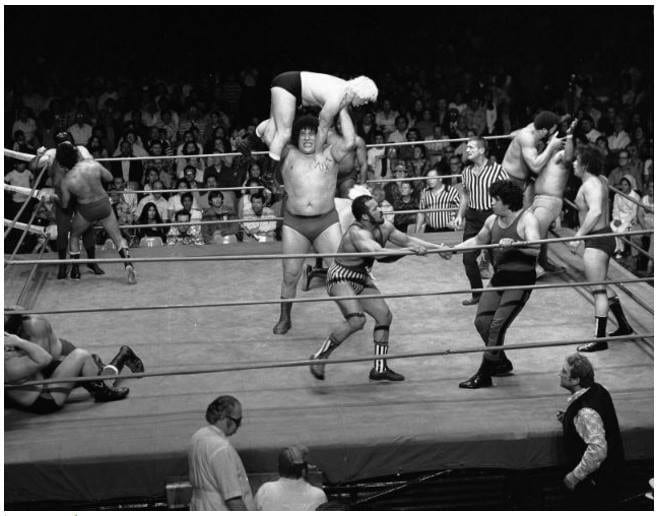
André René Roussimoff, known worldwide as André the Giant, was a French professional wrestler and actor whose immense size and gentle demeanor earned him the moniker “The Eighth Wonder of the World.” Born in Coulommiers, France, in 1946, André’s extraordinary stature was due to gigantism caused by acromegaly, a hormonal disorder that led to his continuous growth throughout his life. By the age of 12, he was already over six feet tall. He left school at 14 and initially worked on his family’s farm, where his remarkable strength proved a valuable asset.
He began his wrestling career in France in 1966, initially as “Jean Ferré,” and quickly gained recognition for his unique physicality. His fame grew internationally, particularly in Japan as “Monster Roussimoff,” before he was brought to North America by Vince McMahon Sr. in 1973, where he was rebranded as “André the Giant.”
His most famous match was against Hulk Hogan at WrestleMania III in 1987, drawing a record-breaking crowd. Beyond wrestling, André became a beloved pop culture icon, most notably for his role as Fezzik in the 1987 film “The Princess Bride.” Despite his short lifespan, succumbing to congestive heart failure in 1993 at age 46, André the Giant left an indelible mark on entertainment, becoming the inaugural inductee into the WWF Hall of Fame.
Hulk Hogan
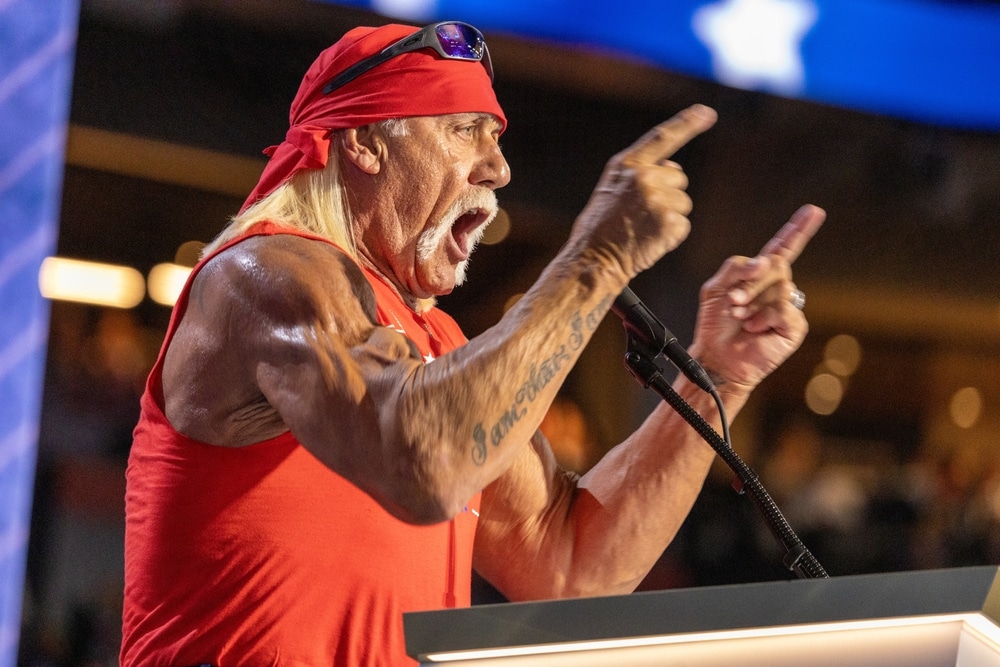
Terry Gene Bollea, best known as “Hulk Hogan,” became an iconic American professional wrestler and media personality whose career spanned over four decades and profoundly impacted the world of professional wrestling. Born in Augusta, Georgia, in 1953, Hogan’s imposing physique, long blonde hair, and charismatic “Hulkamania” persona captivated millions, helping to propel the World Wrestling Federation (WWF, now WWE) during the 1980s.
“Hulk Hogan” began his wrestling career in 1977, also eventually being discovered by Vince McMahon Sr. Hogan’s defining moment came on January 23, 1984, when he defeated The Iron Sheik for his first WWF Championship, catalyzing a golden era for the sport. Beyond wrestling, Hogan ventured into acting with films like “Rocky III” and “No Holds Barred,” and starred in the reality TV show “Hogan Knows Best.”
Wrestlemania III
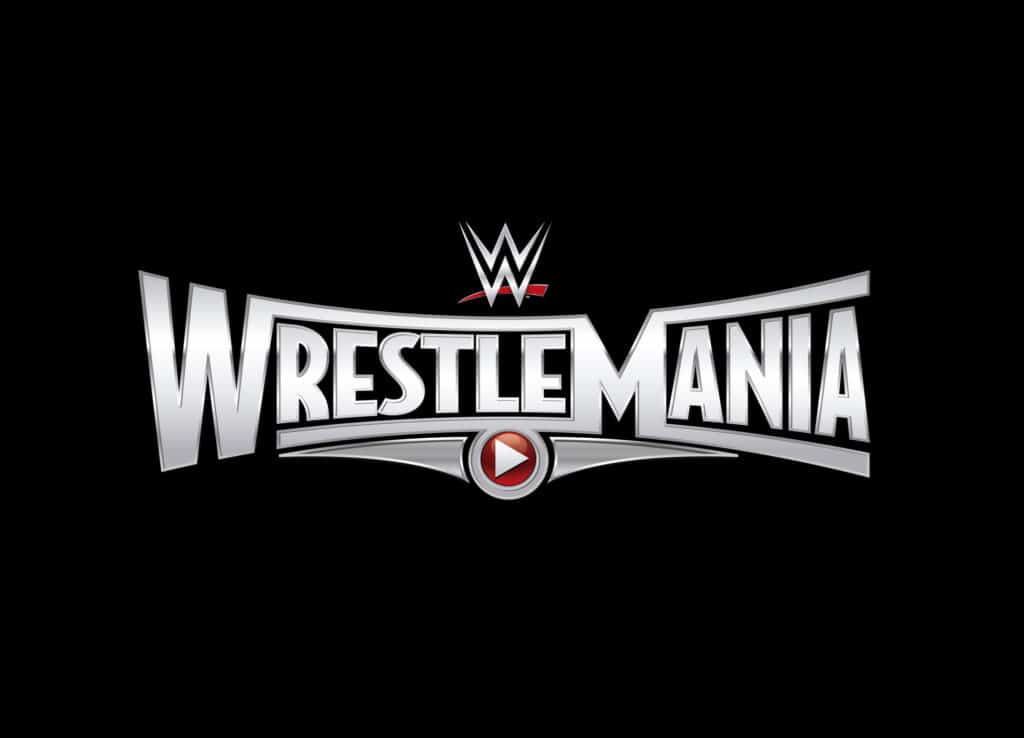
The main event of WrestleMania III on March 29, 1987, at the Pontiac Silverdome, featuring Hulk Hogan defending his WWF World Heavyweight Championship against André the Giant, stands as one of the most pivotal and iconic matches in professional wrestling history. The fight itself, though not a technical masterpiece, delivered on its immense hype. The culmination came when Hogan, after a struggle, remarkably hoisted the colossal André (billed at over 500 pounds) above his head for a body slam, a feat previously considered impossible, before delivering his signature Atomic Leg Drop for the pinfall victory.
The legacy of this match is profound: it broke attendance records, drawing an estimated 78,000 (though famously billed as 93,173) live fans and millions more via pay-per-view and closed-circuit television, proving professional wrestling’s massive mainstream appeal. It solidified WrestleMania as the sport’s premier annual event.
Legacy
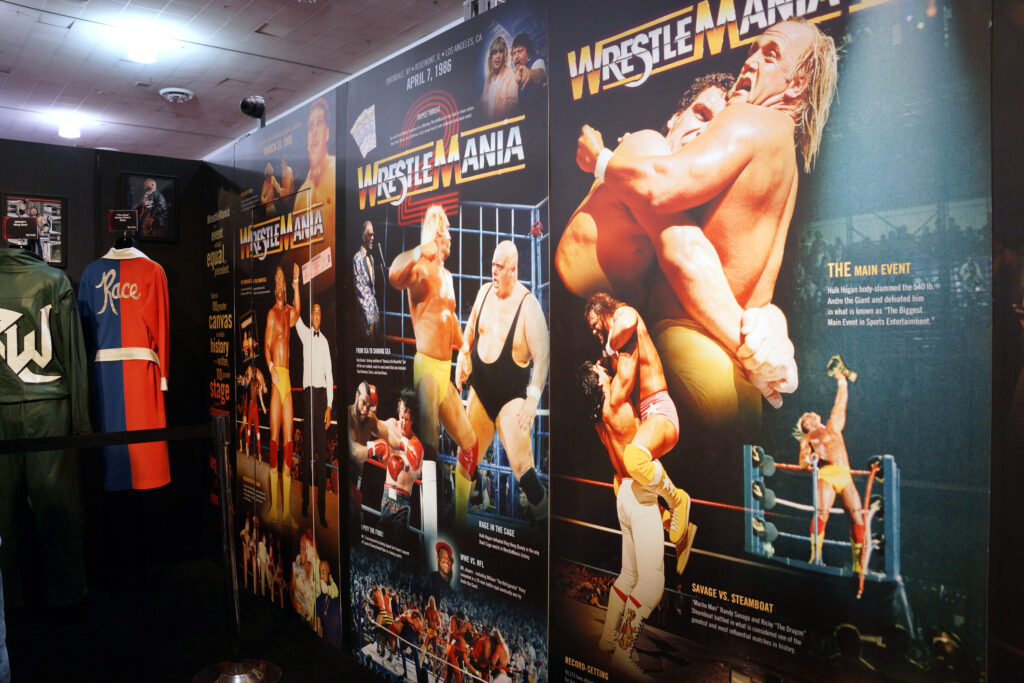
WrestleMania III’s main event, featuring Hulk Hogan versus André the Giant, was a watershed moment that dramatically shaped the legacy of both men and profoundly influenced the trajectory of sports entertainment. For André, the match cemented his unparalleled status as a legend, the “Eighth Wonder of the World,” even in defeat. While the “undefeated for 15 years” claim was an exaggeration, the perception of his invincibility was widely believed, making Hogan’s body slam an almost mythical feat. This match, despite being a loss, amplified André’s mystique and secured his place in history as the ultimate formidable opponent.
For Hulk Hogan, WrestleMania III was the undeniable apotheosis of “Hulkamania.” His triumphant body slam of the seemingly un-slam-able André catapulted him into a stratosphere of superstardom rarely seen in any entertainment medium. It solidified his image as the heroic, all-American powerhouse, capable of overcoming any obstacle, and made him the unquestioned face of the WWF’s national expansion. The sheer scale of the event, with its record-breaking attendance and immense pay-per-view buyrate, demonstrated the massive mainstream appeal of professional wrestling when presented as compelling “sports entertainment.” The iconic image of Hogan slamming André remains a defining visual for an entire generation, forever linking both men to the pinnacle of the 1980s wrestling boom and underscoring their combined legacy as architects of modern sports entertainment.
The Friendship
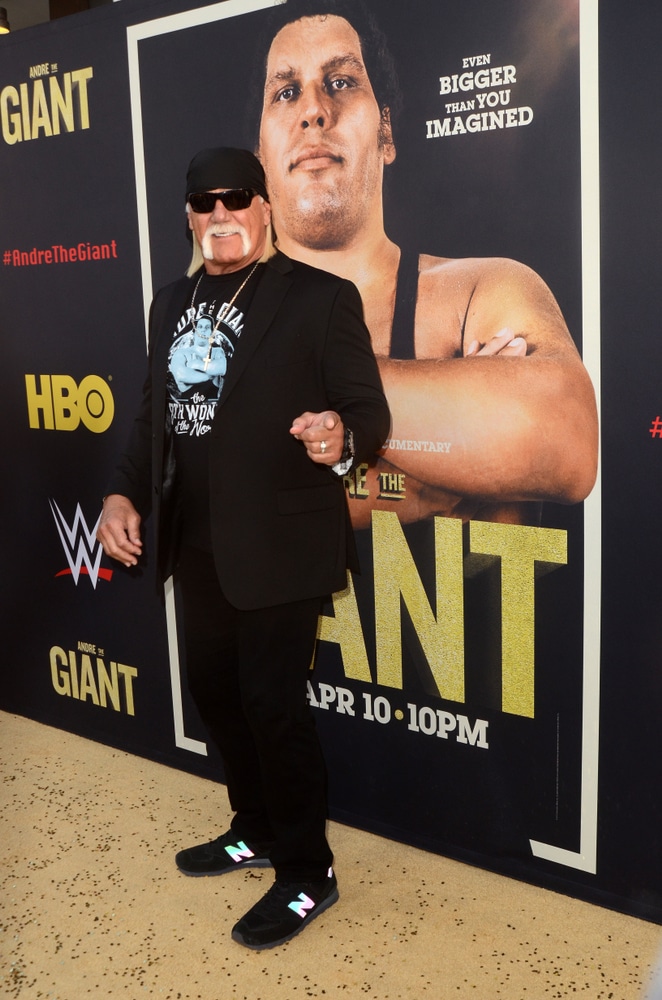
While their on-screen rivalry, particularly leading up to WrestleMania III, depicted a dramatic betrayal and intense animosity, Hulk Hogan and André the Giant shared a genuine friendship outside the squared circle. They had known each other for years before their iconic feud, often teaming together in various promotions, including the AWA (American Wrestling Association) and early WWF.
Hogan, himself, has frequently spoken with deep respect and admiration for André, acknowledging him as the one who “laid the groundwork for other big stars” and crediting André with helping him become the superstar he did. The “betrayal” storyline leading to WrestleMania III was a masterclass in professional wrestling storytelling, effectively a farce that nevertheless emotionally resonated with the larger wrestling audience in an especially captivating way.

